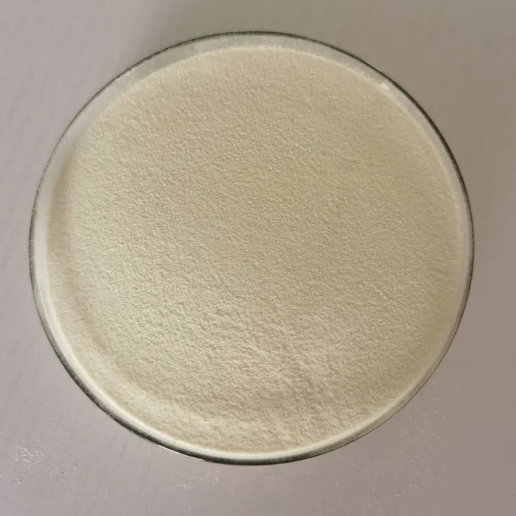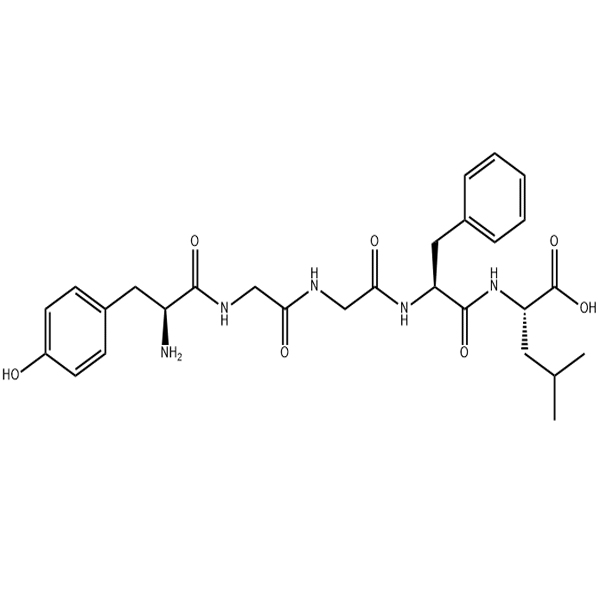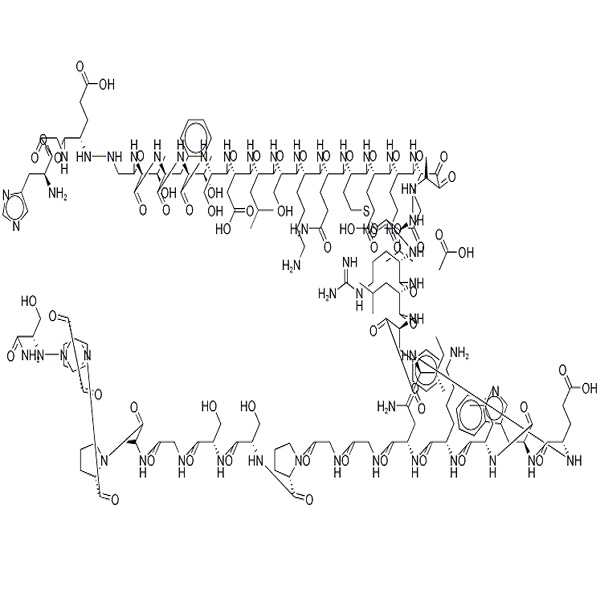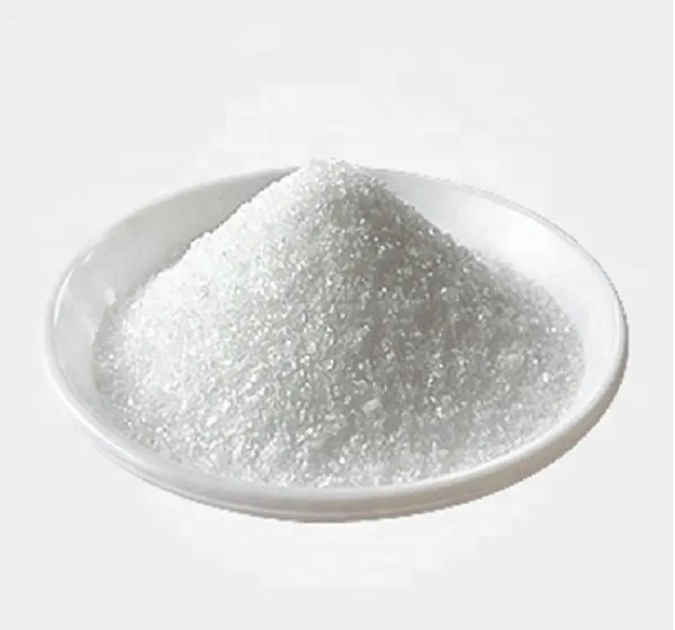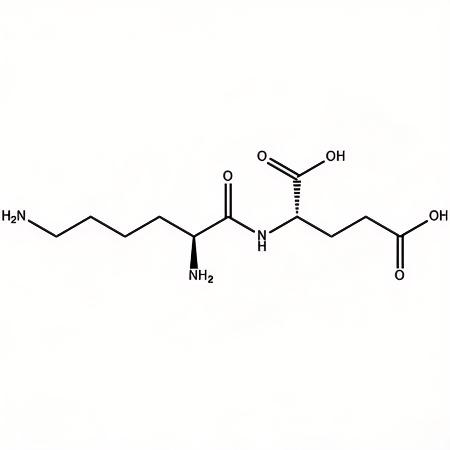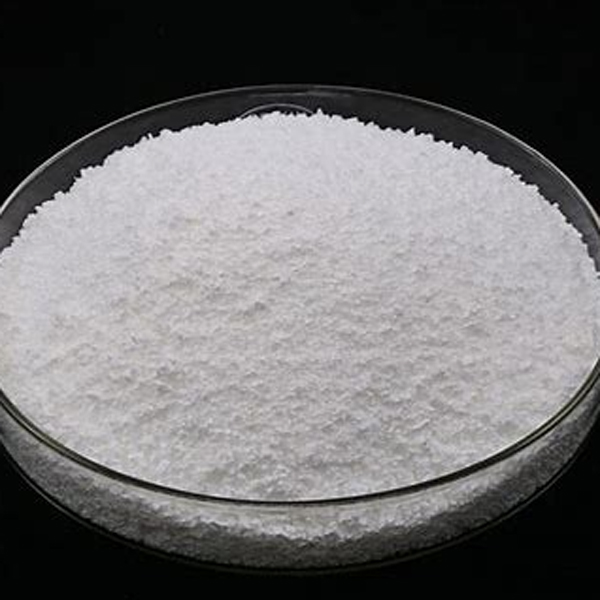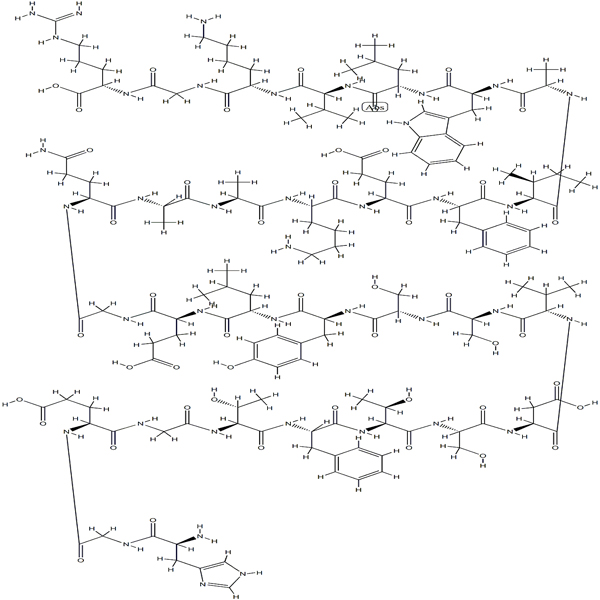Kisspeptin-54(human) supplier/374683-24-6/388138-21-4/Peptide modification
Description
Kisspeptin-54 (human) is an endogenous ligand of the Kisspeptin receptor, which binds with high affinity to rat and human GPR54 receptors. It consists of 54 amino acids and is a fragment peptide of KISS-1. Kisspeptin-54 (human) can inhibit tumor metastasis and stimulate the secretion of gonadotropins and testosterone.
Specifications
Apperance: White to off-white powder
Purity(HPLC): ≥98.0%
Single Impurity: ≤2.0%
Acetate Content(HPLC): 5.0%~12.0%
Water Content (Karl Fischer): ≤10.0%
Peptide Content: ≥80.0%
Packing and Shipping: Low temperature, vacuum packing, accurate to mg as required.
How To Order?
1. Contact us directly by phone or email: +86-13735575465, sales1@gotopbio.com.
2. Order online. Please fill out the order online form.
3. Provide peptide name, CAS No. or sequence, purity and modification if required, quantity, etc. we will provide a quotation within 2 hours.
4. Order conformation by duly signed sales contract and NDA(non disclosure agreement) or confidential agreement.
5. We will continuously update the order progress in time.
6. Peptide delivery by DHL, Fedex or others, and HPLC, MS, COA will be provided along with the cargo.
7. Refund policy will be followed if any discrepancy of our quality or service.
8. After-sale service: If our clients have any questions about our peptide during experiment, please feel free to contact us and we will respond to it in a short time.
All products of the company are only used for scientific research purpose, it’s prohibited to be directly used by any individuals on human body.
FAQ:
What are the uses of peptides?
Peptides have a wide range of applications in the biomedical field, including:
Drug development: Peptides can be used as lead compounds for drugs or directly as drugs themselves.
Vaccines: Peptides can be used as antigens for vaccine preparation.
Biomaterials: Peptides can be used to construct biomaterials, such as scaffolds for tissue engineering.
Diagnostic reagents: Peptides can be used in the development of diagnostic reagents, such as those for detecting disease-related proteins.
Cosmetics: Certain peptides have moisturizing, anti-aging, and whitening effects and can be added to cosmetics.
What is a peptide?
A peptide is a compound formed by α-amino acids connected by peptide bonds and is an intermediate product of protein hydrolysis. A compound formed by the dehydration condensation of two amino acid molecules is called a dipeptide, and similarly, there are tripeptides, tetrapeptides, pentapeptides, etc. A peptide composed of three or more amino acid molecules is called a polypeptide.
How is the solubility of peptides?
The solubility of peptides is influenced by various factors, including amino acid sequence, charge, hydrophilicity and hydrophobicity, etc. When dissolving peptides, it is recommended to conduct a small-scale solubility test first, and after confirming complete dissolution, proceed with dilution. Go top bio provides solubility testing services.
If you want to do a biotin modification at the N terminal, do you need to put a gap between the biotin and the peptide sequence?
The standard biotin labeling procedure used by our company is to attach an Ahx to the peptide chain, followed by biotin. Ahx is a 6-carbon compound that acts as a barrier between the peptide and the biotin.
What do I need to look for when designing phosphorylated peptides?
When designing phosphorylation modifications, the phosphorylation modifications should not be more than 10 amino acids away from the N-terminus to avoid a decrease in coupling efficiency.

